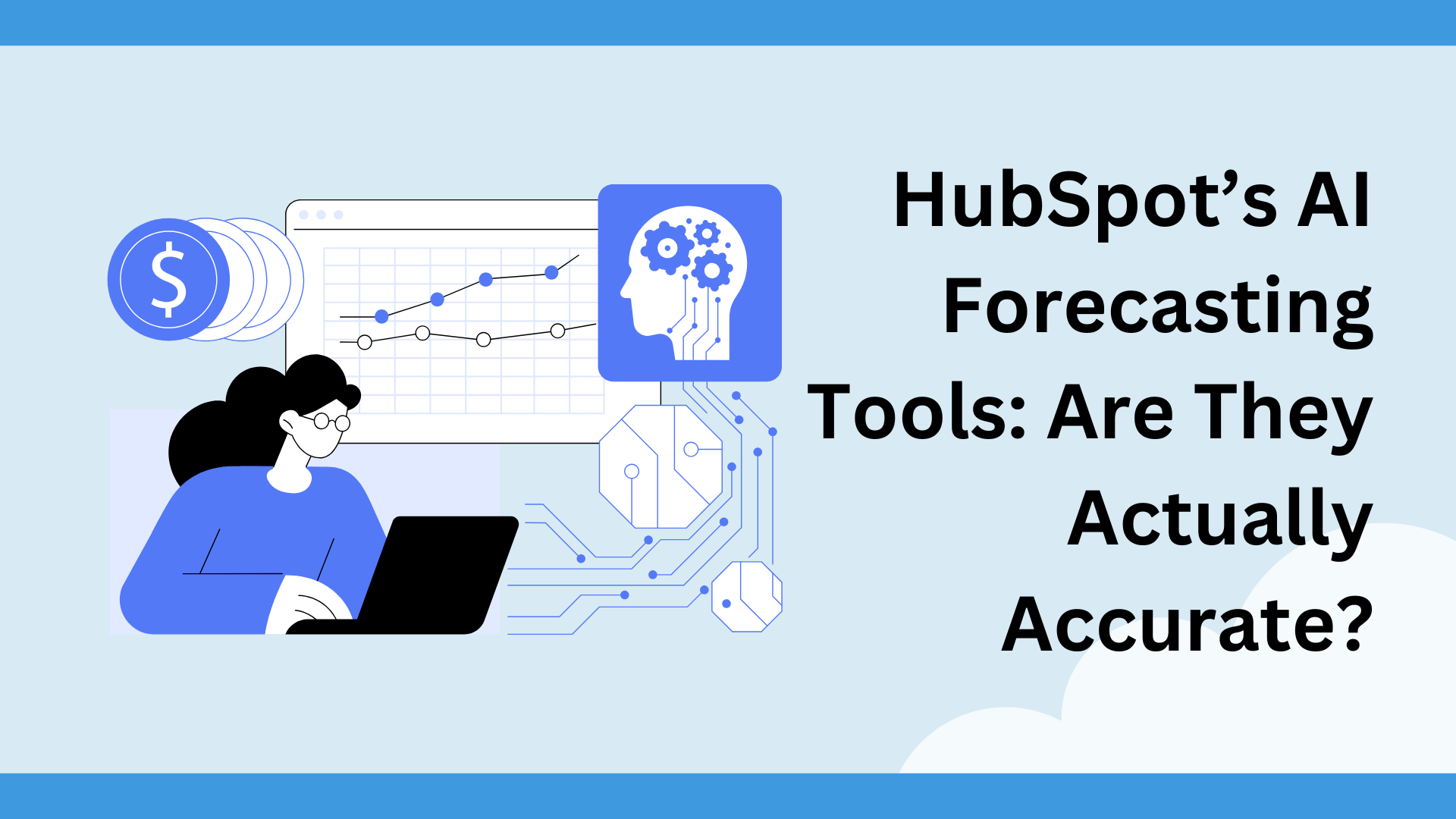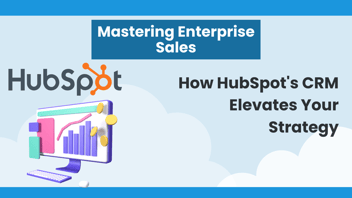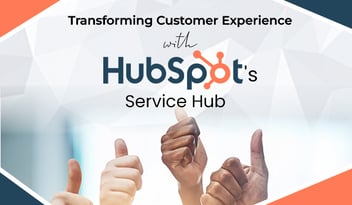Explore the accuracy of HubSpot’s AI forecasting tools in 2025. Learn what’s working, what’s not, and how to improve sales predictions with better data.
AI Forecasting in CRM: Hype or Help?
Sales forecasting has always been a mix of guesswork and spreadsheets.
HubSpot’s AI forecasting tools promise to change that—with predictive models, pipeline intelligence, and data-driven alerts.
But in 2025, the big question is: Can you trust the numbers?
If you’re relying on your CRM to guide revenue targets, headcount plans, or investor reporting, accuracy isn’t optional. It’s essential.
What HubSpot AI Forecasting Actually Does
HubSpot’s AI-powered forecasting tools use deal data, pipeline velocity, historical trends, and behavioral signals to predict outcomes.
Key features include:
- Pipeline quality scoring
- Rep-level forecasting dashboards
- Weighted deal predictions based on activity
- Real-time updates as new signals come in
It pulls from CRM data, email engagement, call logs, and rep activity to forecast closed revenue per team or individual.
How Accurate Is It, Really?
AI forecasts are only as good as the inputs.
In a 2024 study by Gartner, companies using AI forecasting tools reported a 15%–20% improvement in forecast accuracy compared to manual methods (Gartner, 2024). But the same report warned that data hygiene and pipeline discipline remain the biggest blockers.
What works well in HubSpot:
- Clean pipelines with updated stages
- Standardized sales processes
- High CRM adoption by sales teams
- Predictable sales cycles
Where accuracy drops:
- Inconsistent data entry
- Long or irregular deal cycles
- Teams using offline tools or external quoting systems
- Deals added late in the cycle
So, while HubSpot’s AI can outperform manual forecasting, the forecast is only as reliable as the behaviors behind it.
Real-World Use: What B2B Teams Are Seeing
Teams using HubSpot’s Sales Hub Enterprise with AI forecasting have seen:
- Faster visibility into deal risk
- Better rep-level coaching based on prediction gaps
- Improved confidence in monthly and quarterly numbers
According to HubSpot’s own 2024 data, companies using their forecasting tools saw a 23% reduction in pipeline blind spots and a 17% increase in forecast accuracy across 6 months (HubSpot, 2024).
Still, success depends on:
- Daily CRM usage by reps
- Clear definitions for deal stages
- Regular pipeline cleanup
How to Improve Your CRM Sales Forecast Accuracy
Even with AI, some manual oversight is key. Here’s what helps:
- Audit pipeline stages monthly: Remove deals stuck in “maybe” forever.
- Create strict deal entry rules: No deal should enter the pipeline without a verified meeting or intent.
- Train reps on CRM hygiene: Forecasts only work if deal info is current and complete.
- Use historical data to spot forecast drift: Compare predicted vs. actual revenue every quarter to improve the model.
- Integrate external data: Enrich CRM data with product usage, support tickets, or payment signals.
HubSpot’s AI forecasting isn’t a magic wand. But with clean data and disciplined teams, it’s a strong step forward.
Use it as a guide, paired with human context and regular reviews. If you treat AI as a partner, not a replacement, your forecasts will get smarter every quarter.




.jpg?width=352&name=Boost%20Productivity%20(1).jpg)
Leave a Comment